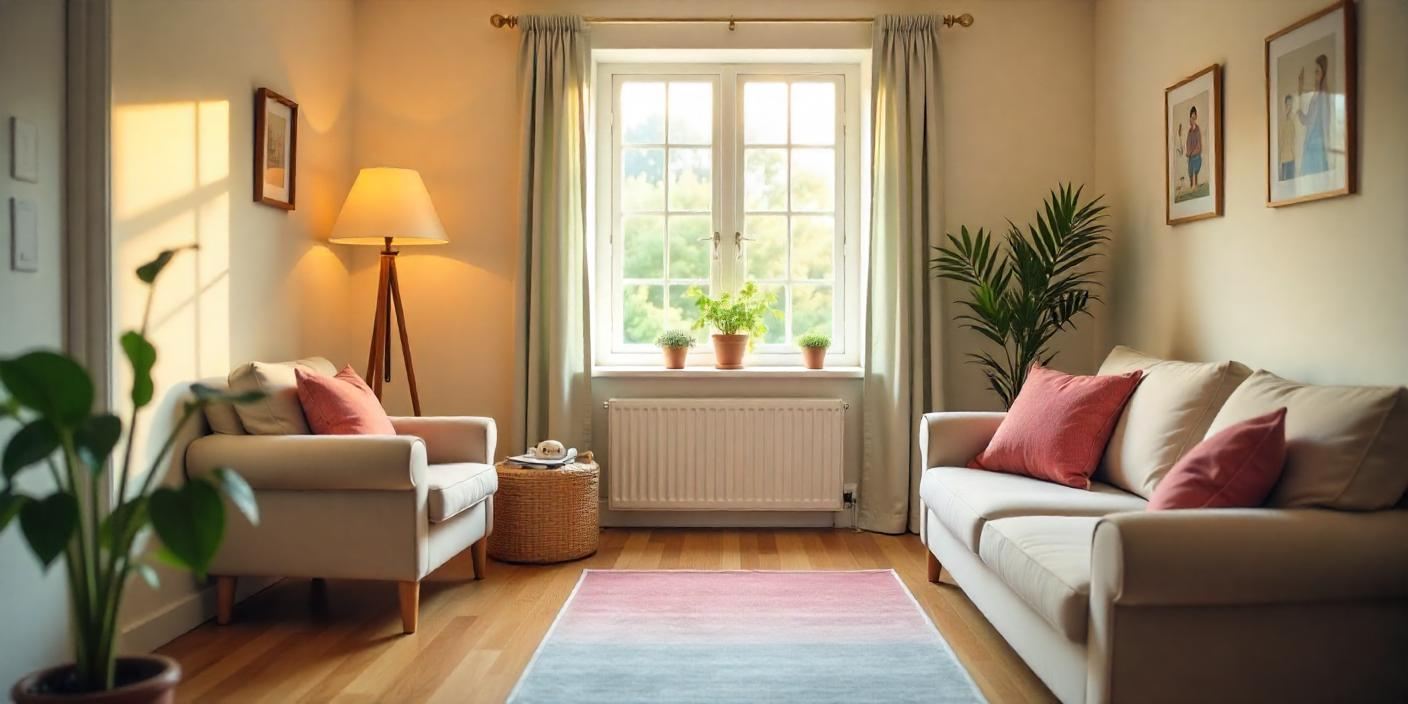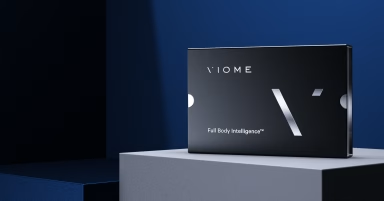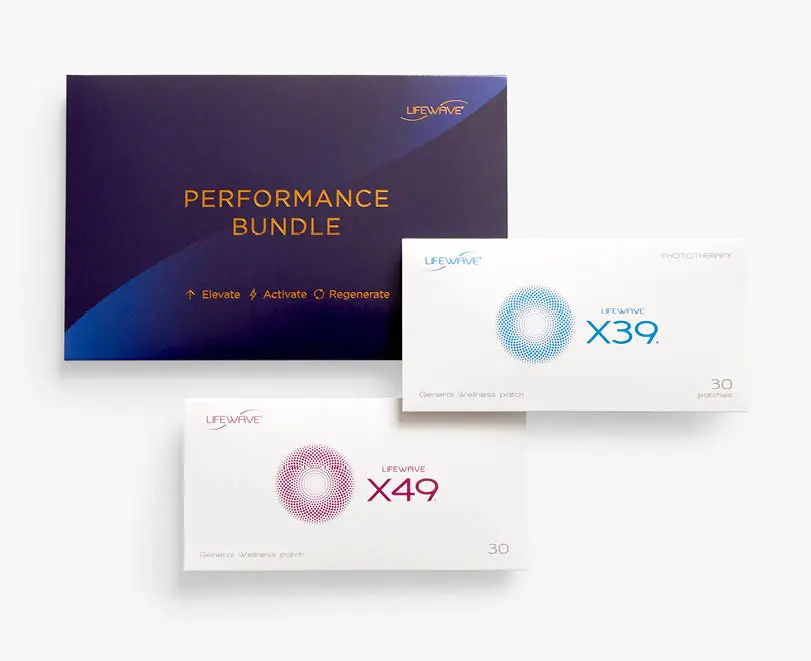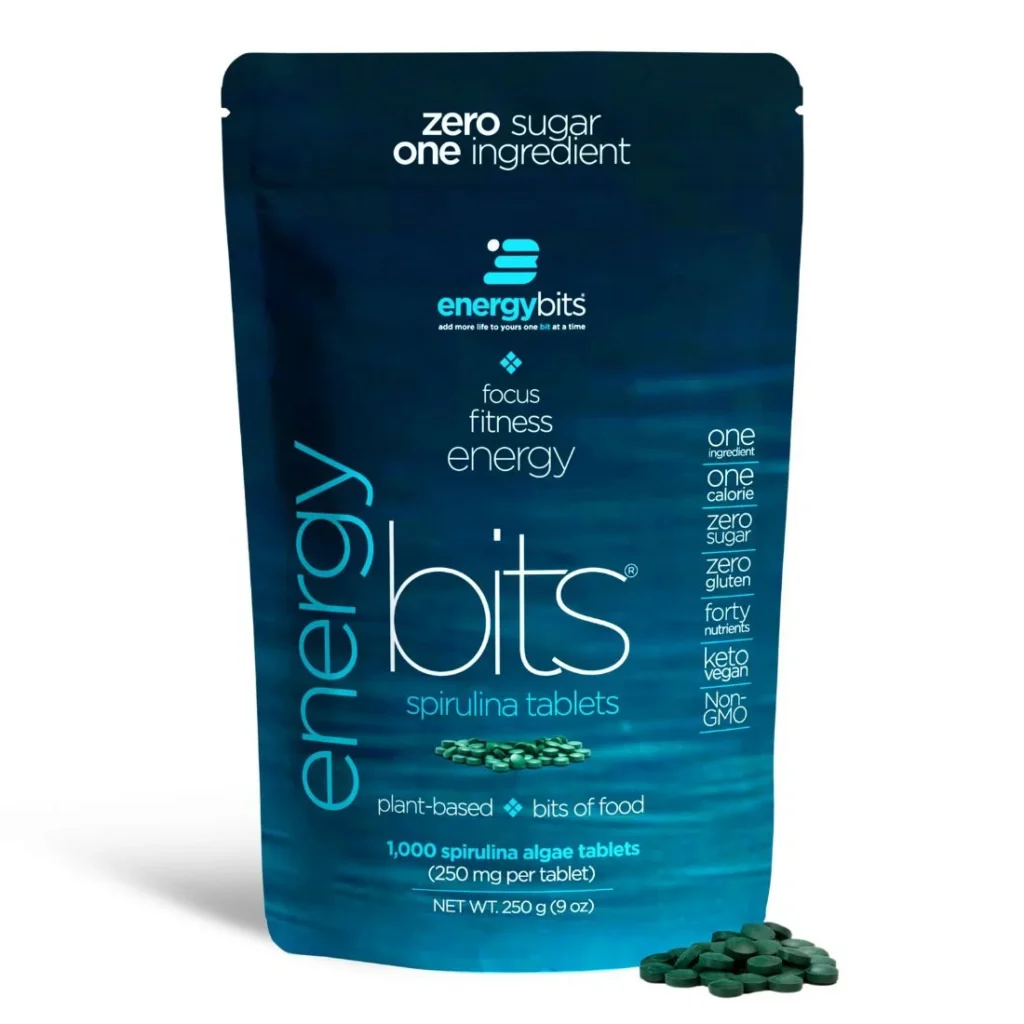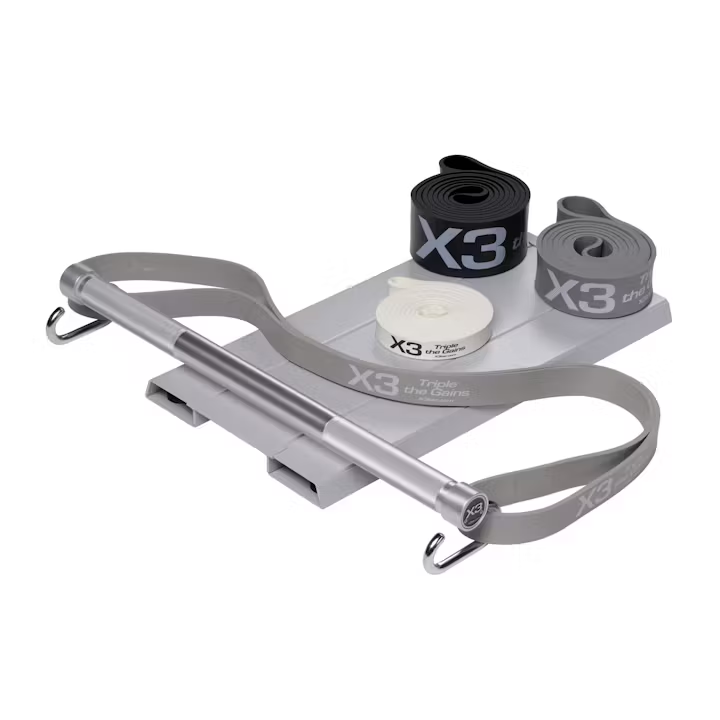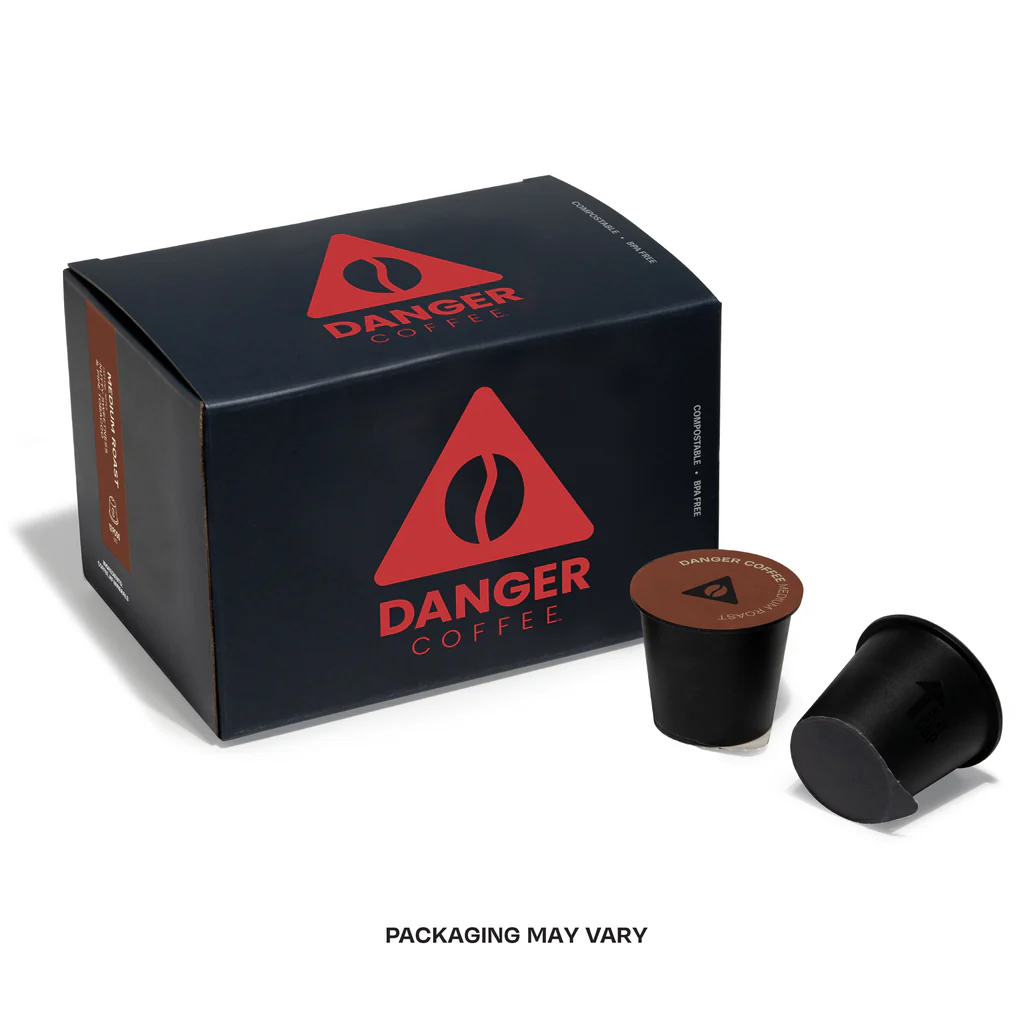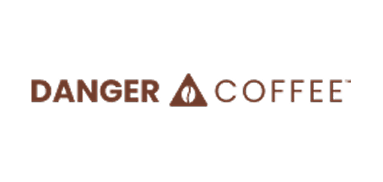Caring for a loved one with dementia requires thoughtful home modifications to enhance safety, reduce confusion, and promote independence. The good news? You don’t need expensive renovations—simple, low-cost tweaks can make a huge difference.
Here are 8 proven DIY home adaptations to create a dementia-friendly environment while minimizing fall risks and disorientation.
Optimize Lighting for Better Visibility
Why it works: Poor lighting worsens depth perception, increasing fall risks. Bright, natural-spectrum lighting helps reduce shadows and confusion.
DIY Hack:
- Replace dim bulbs with 5000K+ LED daylight bulbs ($5 each) in hallways, bathrooms, and stairwells.
- Use motion-sensor night lights to prevent nighttime disorientation.
Use High-Contrast Colors for Key Areas
Why it works: Dementia can impair contrast sensitivity, making it hard to distinguish objects. High-contrast colors improve visibility.
DIY Hack:
- Paint toilet seats a dark color (navy, black) against light walls/tiles for 80% better visibility.
- Use brightly colored tape on stair edges for better depth perception.
Remove Trip Hazards with Non-Slip Flooring
Why it works: Loose rugs and cables are major fall risks. Non-slip flooring improves stability.
DIY Hack:
- Replace throw rugs with peel-and-stick vinyl tiles ($0.50/sq ft).
- Secure loose cables with gaffer tape or cord covers.
Label with Visual Cues for Easy Navigation
Why it works: Memory loss makes it hard to locate everyday items. Visual labels act as memory anchors.
DIY Hack:
- Print photo labels (e.g., coffee jar image on the coffee cupboard) using free Canva templates.
Use large-print text for essential items (e.g., “TOOTHBRUSH”).
Simplify Doors & Handles for Easy Use
Why it works: Complex locks or knobs can frustrate someone with dementia.
DIY Hack:
- Replace round doorknobs with lever handles (easier to grip).
Use color contrast (e.g., dark handle on a light door) for visibility.
Create a Safe, Uncluttered Pathway
Why it works: Clutter increases confusion and fall risks. Clear pathways promote safe movement.
DIY Hack:
- Keep walkways free of furniture and obstacles.
- Use glow-in-the-dark tape to mark pathways at night.
Install Grab Bars in Critical Areas
Why it works: Prevent falls in high-risk zones like bathrooms.
DIY Hack:
- Install no-drill suction grab bars near toilets and showers.
- Ensure bars contrast with walls (e.g., black bars on white tiles).
Use Familiar, Consistent Furniture Layouts
Why it works: Frequent changes in furniture placement can cause disorientation.
DIY Hack:
- Keep furniture in the same position once a layout works.
- Avoid glass tables (hard to see) and opt for solid-colored surfaces.
Final Thoughts
These budget-friendly DIY adaptations can significantly improve safety and independence for individuals with dementia. Small changes—like better lighting, contrast enhancements, and trip-proof floors—make daily life easier and reduce stress for caregivers.
For personalized , consider consulting a specialist to tailor solutions to your loved one’s needs.
By implementing these simple yet effective strategies, you can create a safer, more supportive home environment—without breaking the bank.

